Guy Rope Anchors for the Leaning Tower of Pisa
The only visible reminders of an elaborate engineering project that kept the tower from reaching the tipping point.
The Leaning Tower of Pisa dates back to the 12th century, and is one of the most recognized tourist attractions in the world. But for all the trinket shops and gag photos of friends and family “holding it up,” it’s a rare visitor who notices two large (and distinctly non-medieval) pulley anchors at neighboring the Palazzo dell’Opera.
The bright white contraptions are leftovers from the elaborate engineering project carried out in the late 1990s and early 2000s to stabilize the iconic tower. For all the charm of its tilt, after decades of discussions on how to keep the whole thing from reaching the tipping point, a plan was finally hatched to pull it back to a less extreme angle using a complex system of screw augers, lead weights, and guy ropes.
Now, nearly two decades later, the only thing left of the major restoration are these two anchors, just outside the restrooms at the Palazzo to the north.
The history of the lean goes back almost to the very beginnings of construction, which took nearly 200 years to complete. The land on which it stands is wholly unsuited to such a tall and slender tower, with mostly sand and clay underfoot. It was only three tiers high when the tilt began to show, and the weight of the marble compacting the loose soil only made things worse.
In 1990 a team of engineers devised a plan to use guys ropes and lead weights on the high side to temporarily maintain the tower’s position while soil was removed using a screw auger system (a rotating blade that acts as a kind of circular conveyor belt). This would reduce the lean just enough to keep the tower stable, but not so much that tourists would notice.
Cables were strapped about the third tier and held in place via these two anchors, and lead weights were added to help pull the whole thing to more plumb position. Once the work was done, the cables—which passed over the Palazzo dell’Opera on the north side of the piazza—were removed. The anchors, despite their incongruous appearance, are still there, visible reminders of the astonishing engineering achievement to fix the mistakes of builders so many centuries ago.
Know Before You Go
Apart from the top of the tower, the best place to see the two anchors is from just outside the public restrooms at the rear of the Palazzo dell'Opera.



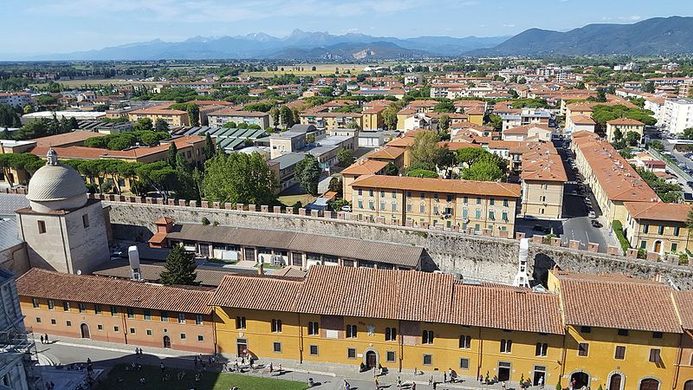
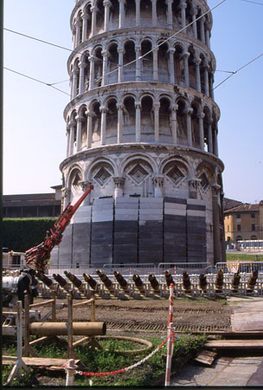

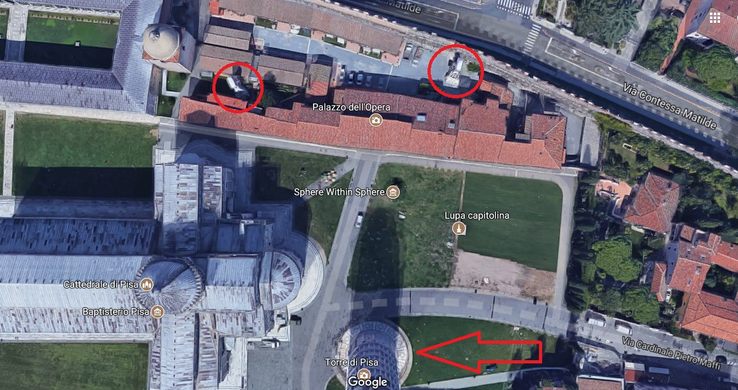











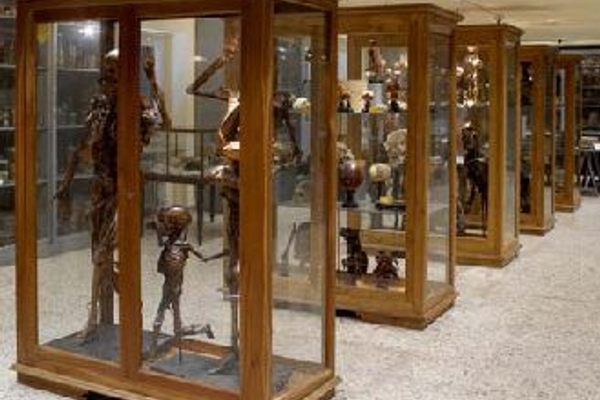



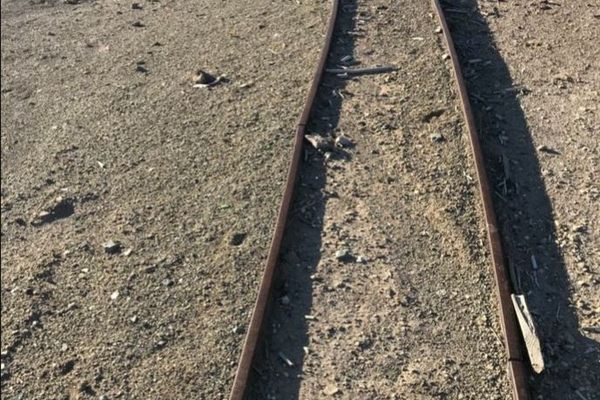



Follow us on Twitter to get the latest on the world's hidden wonders.
Like us on Facebook to get the latest on the world's hidden wonders.
Follow us on Twitter Like us on Facebook